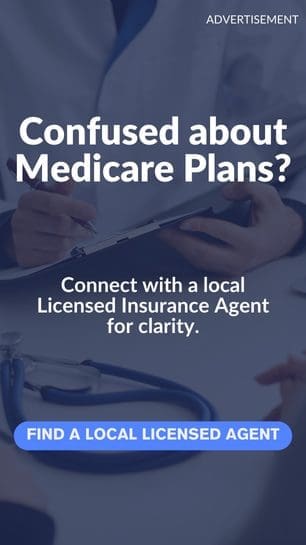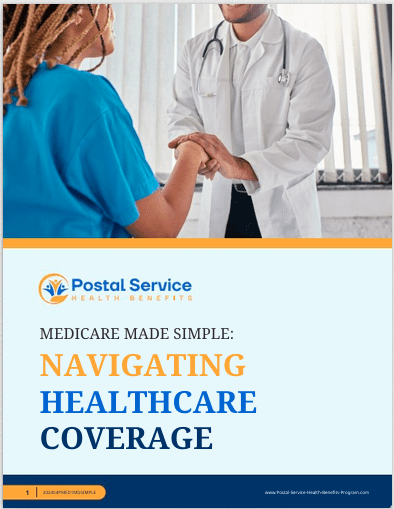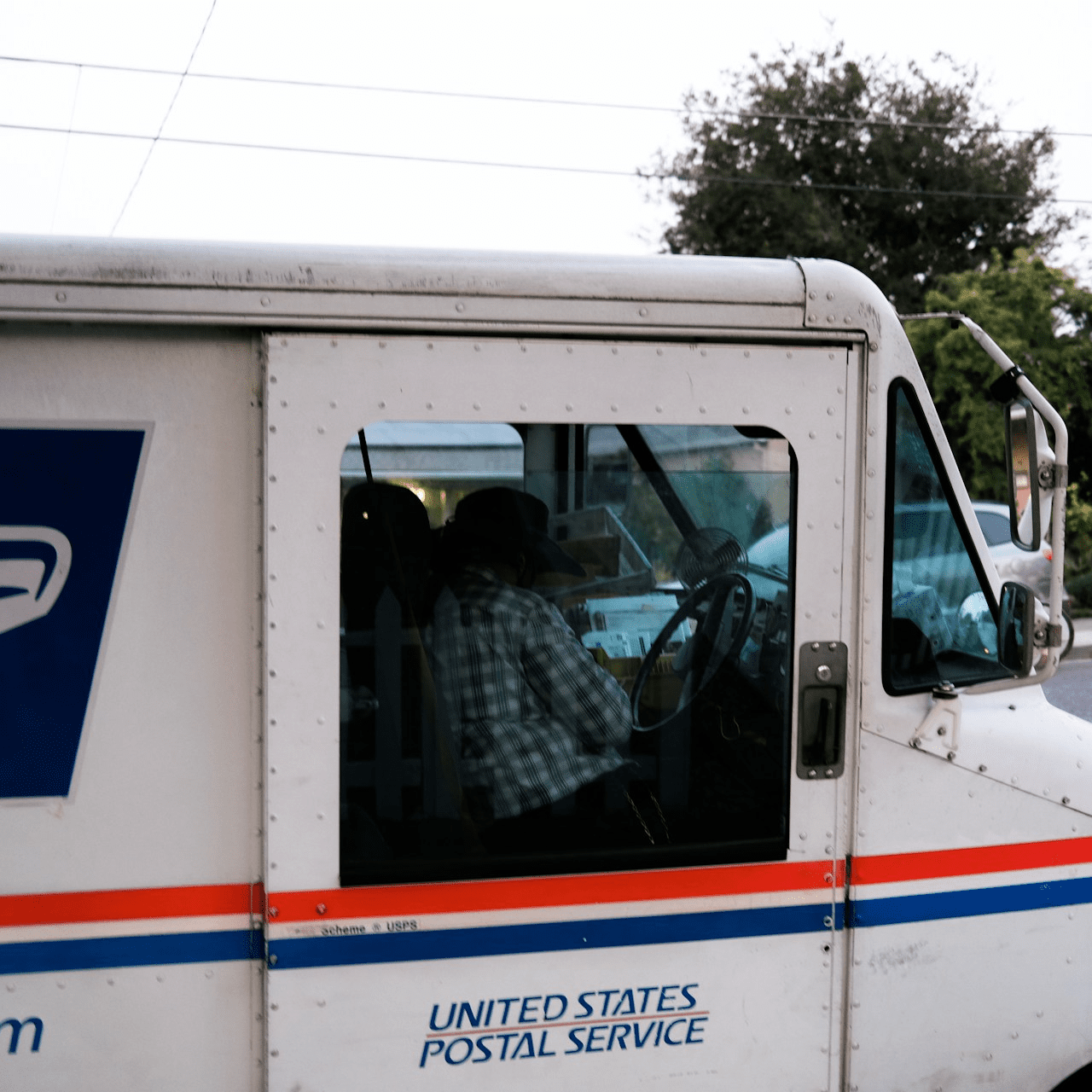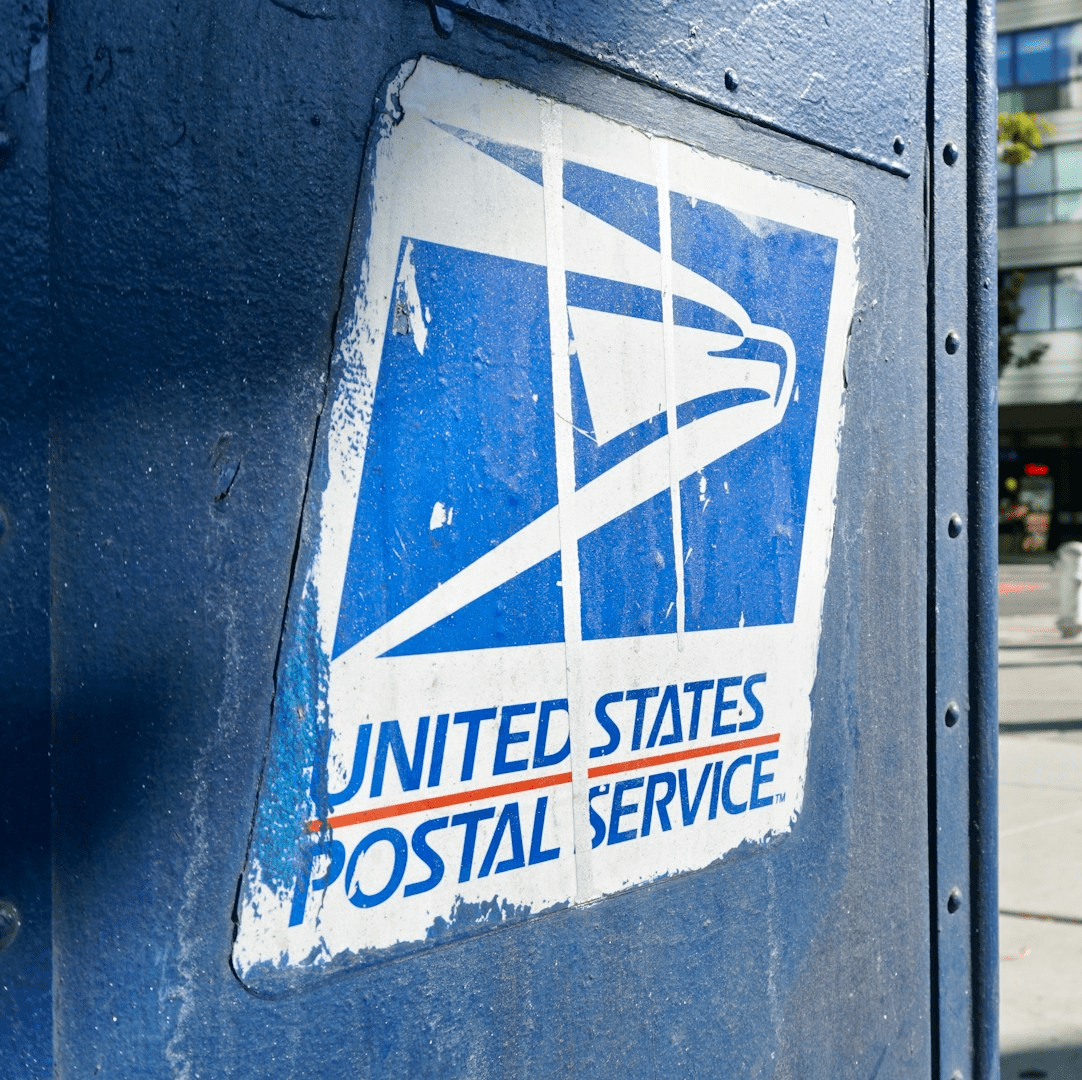Introduction: Access to quality healthcare services is a fundamental human right, yet millions of people around the world still face barriers that prevent them from receiving timely and adequate care. Among the most affected are individuals residing in underserved communities, including rural areas, urban neighborhoods with limited resources, and marginalized populations. Addressing these disparities in healthcare access requires a multifaceted approach that tackles various social, economic, and structural factors. This article explores the challenges faced by underserved communities in accessing healthcare and examines promising strategies and initiatives aimed at improving access and promoting health equity.
Challenges Faced by Underserved Communities: Underserved communities encounter a myriad of challenges that hinder their access to healthcare services. Geographical barriers pose a significant obstacle, particularly in rural areas where healthcare facilities are scarce and transportation options are limited. Many individuals living in these regions must travel long distances to reach the nearest hospital or clinic, resulting in delayed care and increased health risks. Additionally, urban neighborhoods with high poverty rates often lack adequate healthcare infrastructure, leading to disparities in access to primary care providers and specialty services. Language and cultural barriers further exacerbate the problem, making it difficult for immigrants and minority populations to navigate the healthcare system and communicate effectively with healthcare providers. Moreover, socioeconomic factors such as poverty, unemployment, and lack of health insurance contribute to disparities in healthcare access, as many individuals cannot afford the cost of medical care or prescription medications.
Strategies for Improving Healthcare Access: Addressing the complex issue of healthcare access in underserved communities requires a comprehensive approach that addresses the underlying determinants of health. One key strategy is the expansion of healthcare infrastructure in areas with limited resources. This includes the establishment of community health centers, mobile clinics, and telemedicine services to bring healthcare closer to those in need. Community health centers, in particular, play a crucial role in providing primary care services to underserved populations, offering a range of medical, dental, and behavioral health services regardless of patients‘ ability to pay. Mobile clinics and telemedicine platforms extend the reach of healthcare providers to remote and rural areas, allowing patients to access consultations and medical advice without the need for travel.
In addition to expanding healthcare infrastructure, efforts to improve healthcare access must also focus on addressing social determinants of health, such as poverty, housing instability, and food insecurity. Collaborative initiatives that involve healthcare providers, community organizations, and government agencies can help address these underlying factors and promote holistic approaches to health and wellness. For example, programs that provide access to affordable housing, nutritious food, and employment opportunities can significantly impact individuals’ health outcomes and reduce their reliance on emergency medical services.
Furthermore, improving healthcare access requires addressing disparities in health insurance coverage and affordability. Expanding eligibility for Medicaid and implementing subsidies for health insurance premiums can help ensure that low-income individuals and families have access to essential healthcare services. Additionally, initiatives aimed at increasing health literacy and promoting preventive care can empower individuals to take control of their health and seek timely medical attention when needed.
Conclusion:
Contact Information:
Email: skumar@chicmic.co.in
Phone: 9876543210




